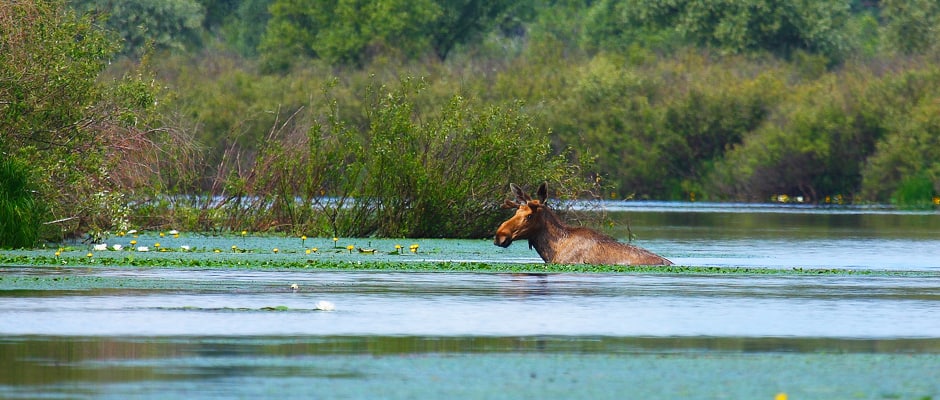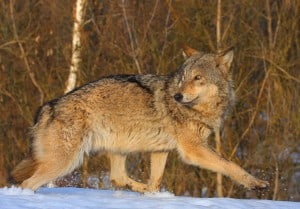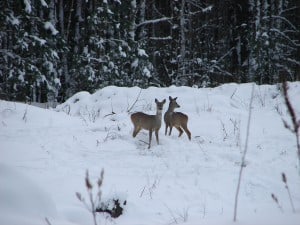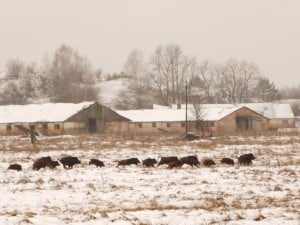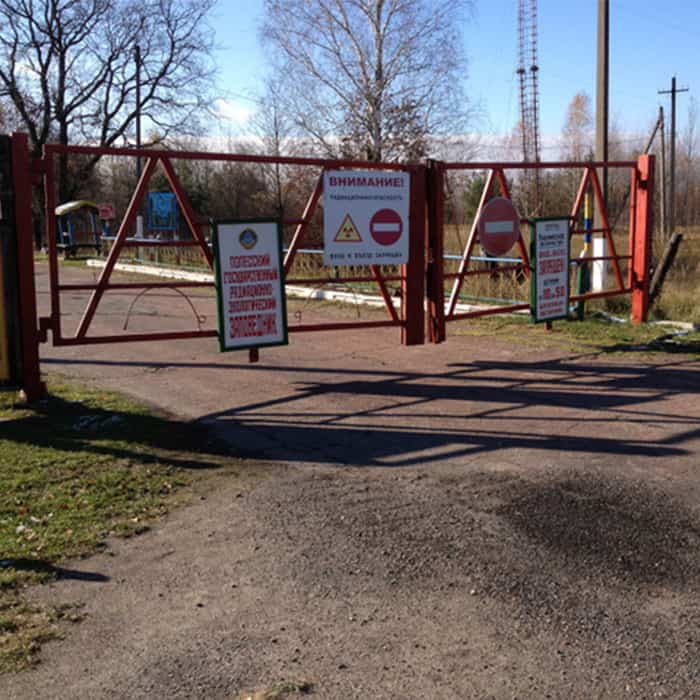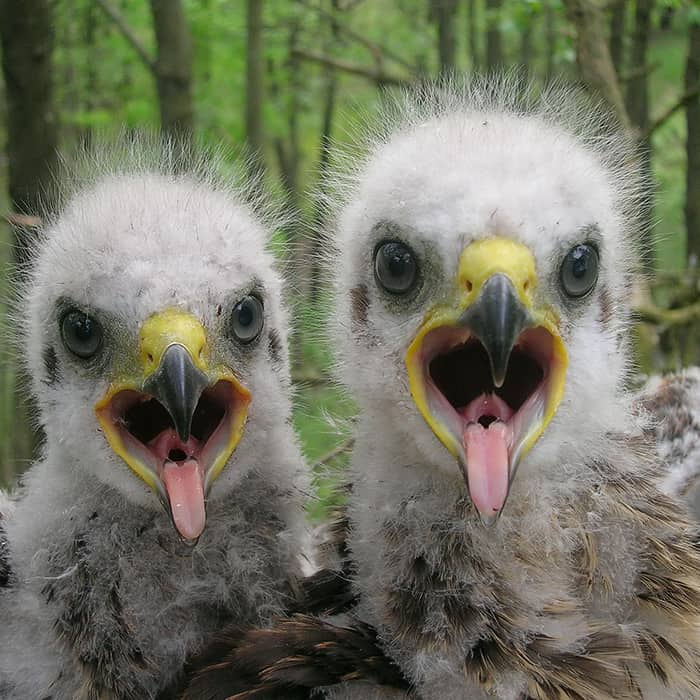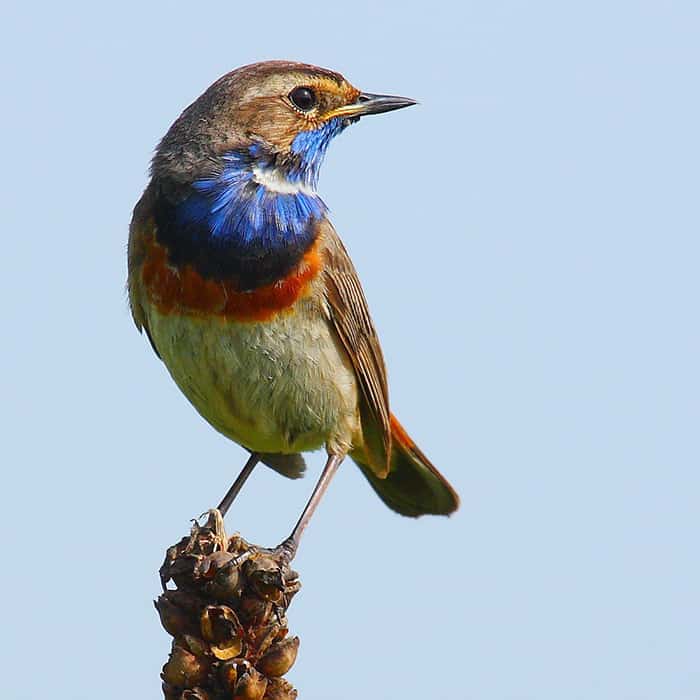Share this article
TWS Member Finds Mammals in Chernobyl Recovering
One of the world’s worst nuclear meltdowns may be less of a problem for large mammals than ordinary human habitation, according to new research on the Chernobyl Exclusion Zone.
“We’re not saying that radiation is good for mammals but the other things [humans] do are much worse,” said James Smith of the School of Earth and Environmental Sciences at the University of Portsmouth in the United Kingdom and senior author of a recent study published in Current Biology. “At this long-scale it means the wildlife seems to be doing very well.”
The nuclear meltdown at Chernobyl occurred in 1986 in what was then the Soviet Union, causing the widespread evacuation of most humans who lived in the area as well as the widespread contamination of soil, plant matter and wildlife in a larger area around the nuclear power plant.
Smith said that the research was based on two different wildlife surveys in nearby Belarus — one conducted between 2008 and 2010 in which some of the Belarusian coauthors of the Current Biology study surveyed wildlife tracks in the snow at the Belarus Polesie State Radioecological Reserve and compared them to those of four other wildlife reserves in the country — Berezinsky, Braslaw Lakes, Belovezh and Narochansky.
The current study found that populations of four different large mammals —gray wolves (Canis lupus), roe deer (Capreolus capreolus), wild boar (Sus scrofa) and moose (Alces alces) — were similar in the area surrounding Chernobyl than in each of the other wildlife reserves, even though they couldn’t detect any significant change in the radioactive cesium levels from the snow tracks in the Chernobyl area.
Smith said that most of this could be explained by the lack of humans in the area, which used to have several towns connected by roads as well as agricultural areas.
“Moving the humans out of the equation has had a very beneficial impact on the wildlife,” he said, adding that hunting in Chernobyl is prohibited and there is very little poaching.
The second component of the survey examined data taken from helicopter sightings of wildlife between 1987 and 1996.
“We don’t have data before the accident but given that there were 20,000 people in that area and there was agriculture and farming, we wouldn’t expect as many animals as there are now.”
During the helicopter survey, the researchers found a “very rapid decrease in wild boar populations,” according to Smith. But this was partly explained not by radiation so much as by an increase in wolf populations that prey on the boar.
“The exclusion zone supports a very large population of wolves. At least seven times higher than other reserves in Belarus,” said James Beasley, an assistant professor at the University of Georgia’s Savannah River Ecology Lab and a coauthor of the recent study on Chernobyl. Beasley is a member of The Wildlife Society and is presenting this latest research on Oct. 21 at The Society’s 2015 Conference in Winnipeg.
A TWS article earlier this year looked at the effects of radiation on birds in Fukushima and Chernobyl after a study found that birds in some areas of Japan around the more recent nuclear disaster have dropped significantly in the years following the disaster. The authors of that study found that even though radiation levels were dropping in the area, birds experienced changing plumage colors and other effects. The authors had earlier found that birds in Chernobyl also had smaller brains and lower reproductive capacity.
But this new study shows that despite these individual effects, there are potentially positive implications for wildlife in the Fukushima area on the population level as well if it means the continued absence of humans.
“You might expect some effects on individuals but it wouldn’t affect populations,” said Smith of the mammals in Chernobyl.
Beasley stressed that they didn’t want the message to come across that radiation was good for wildlife.
“Our data are a testament to the resiliency of wildlife when freed from direct human pressures such as habitat loss and fragmentation,” he said.
click on images from the photo gallery below to view photos in their full size.
- Image Credit: Tom Hinton
- Image Credit: Tatyana Deryabina
- Image Credit: Valeriy Lukashevitch
- Image Credit: Tatyana Deryabina
- Image Credit: Valeriy Yurko
- Image Credit: Valeriy Yurko
- Image Credit: Valeriy Yurko
- Image Credit: Valeriy Yurko
- Image Credit: Valeriy Yurko
- Image Credit: Valeriy Yurko
- Image Credit: Valeriy Yurko
Header Image: Moose. Image credit: Valeriy Yurko



